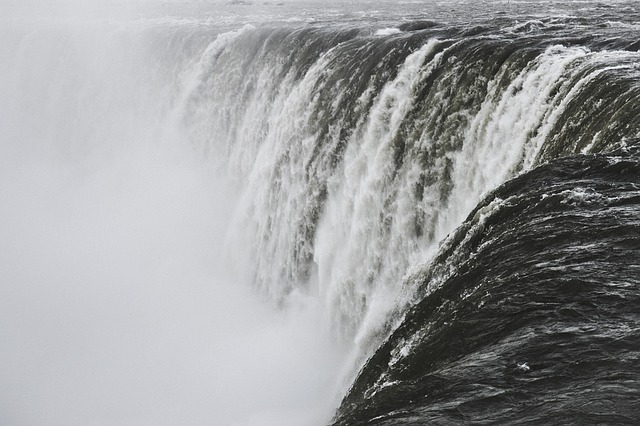
The Oroville Dam located in the northern part of California is the highest dam in the U.S. It’s 770 feet high and holds back about 1.1 trillion gallons of water used to supply cities and farms across the state. It’s an important piece of infrastructure that has been serving Californians since 1968.
Almost 40 years later, three environmental groups brought up a complaint about it to the Federal Energy Regulatory Commission. They said that the emergency spillway (which was designed to redirect water from Lake Orville toward the Feather River if the dam’s primary spillway overflows) was no longer safe, and that if heavy rain and flooding occurs, the hillside would erode and cause flooding downstream. They recommended that it be paved with concrete (just like the primary one was), but their suggestion was ignored because the authorities did not believe that upgrading the spillway was necessary.
That turned out to be an ominous warning.
Last weekend, Orville Dam’s emergency spillway was used for the first time as a considerable amount of rainfall caused Lake Orville’s water to rise over 50 feet in just a matter of days, resulting in a giant hole opening up in the primary concrete spillway. Although the dam’s structure remained intact, the damage to the primary spillway was serious enough to prompt officials to order the evacuation of nearly 188,000 people living around Oroville over concerns that the emergency spillway might fail and cause billions of gallons of uncontrolled water to pour down the hillside toward Oroville and other towns downstream.
Obviously, such a massive water release could have caused the worst dam disasters in U.S. history.
Luckily, the situation did not worsen as feared, and two days later, the evacuation order was rescinded. The affected residents were allowed to go back home, but were cautioned to remain alert and be prepared to evacuate again, especially because weather forecasts predicted more rain in the coming days. If water rises to critical levels again, and the spillways are not fortified in time, the near-catastrophe which was averted might easily turn into a real one.
As workers race against time and the weather to cover the emergency spillway with as much rock as possible so that it can serve its purpose in case it’s needed once again, we can’t help but feel that this episode might be a sign of things to come. Even if the Oroville Dam is successfully repaired and the disaster gets averted, we can’t simply say, “all’s well that ends well” because the Oroville Dam is just one of about 90,000 dams in the U.S. And it’s not even the one with the riskiest status. In California alone, which has a total of 1,585 dams, 17 are listed in poor condition and 97 in fair condition.
According to the 2013 Report Card for America’s Infrastructure: “Thousands of our nation’s dams are in need of rehabilitation to meet current design and safety standards. They are not only aging, but are subject to stricter criteria as a result of increased downstream development and advancing scientific knowledge predicting flooding, earthquakes, and dam failures.”
If the unfolding crisis at Oroville is not enough of a wake-up call to initiate dam rehabilitation programs all around the country, it will come as no surprise if this incident turns out to be the first of many.
Disclaimer: This page contains affiliate links. If you choose to make a purchase after clicking a link, we may receive a commission at no additional cost to you. Thank you for your support!

Leave a Reply